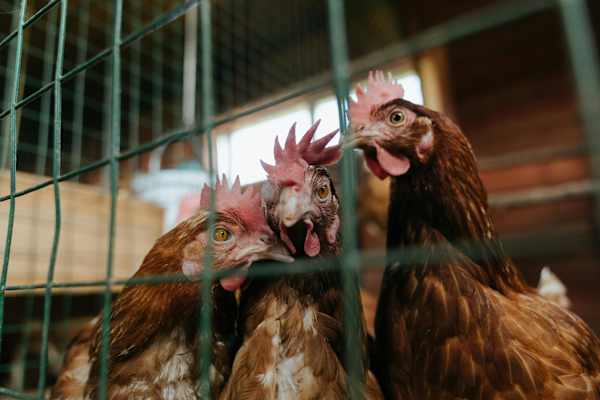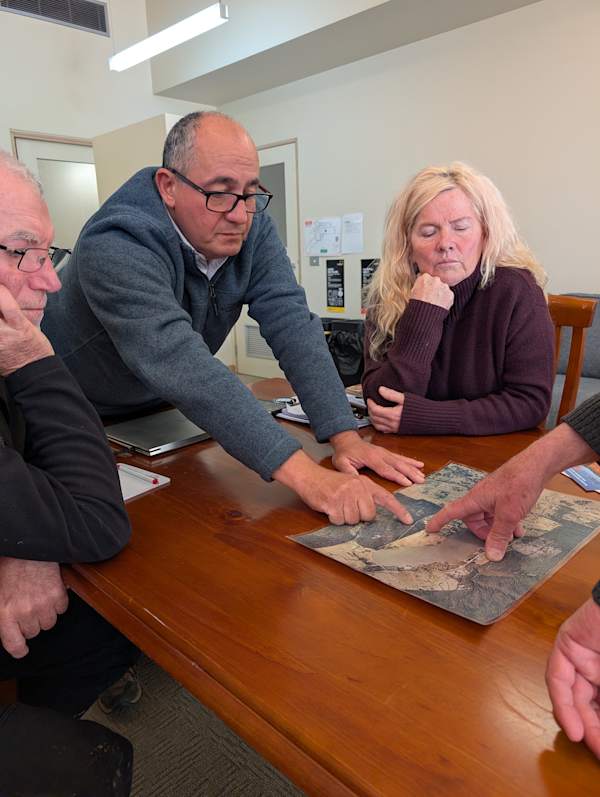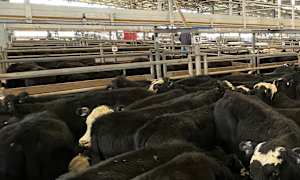DINGO consultation and management review drop-in sessions were held across Victoria in the first week of September, with events in the North East drawing significant numbers, indicative of local farming concern regarding the devastating impact of wild dog attacks on producers' livelihoods.
Senior representatives from the Department of Energy, Environment and Climate Action (DEECA) and Agriculture Victoria hosted the events with the two-hour face-to-face sessions a series of five scheduled across the state.
The consultation sessions were long-awaited by industry, who had been calling for opportunities to share their thoughts with the Victorian Government on the importance of wild dog control measures, with attendees invited to share feedback as part of the review into wild dog management in the state.
In the North East, approximately 50 people attended the Mansfield session, with Tallangatta drawing 100 concerned landholders and agricultural stakeholders.
In Gippsland, 85 people attended Omeo, 45 were present at Gelantipy and in the north-west, where the unprotection order has been lifted removing the three-kilometre livestock protection buffer, 40 people attended the Hopetoun drop-in session.
Latest Stories
An online session was also held, during which government officials provided an update on the results from the recent livestock predation survey, afterwards opening-up the forum to a question and answer for the 89 attendees.
Concerns raised by farmers during the sessions related to predation of livestock and the limited effectiveness of non-lethal control methods, along with detailing both the emotional and economic impact of wild dog attacks.
Attendees registered strong interest in new scientific research pertaining to the nomenclature of dingoes as well as data on dingo population numbers.
Evidence now suggests a significant proportion of wild dogs are in fact pure dingoes - not hybrids as previously believed.
However, this remains a contentious issue amongst some industry stakeholders who have queried the research and sample size.
In addition, the department confirmed attendees expressed overall support for the continuation of the wild dog management plan.
These perspectives build on Agriculture Victoria’s recent survey, with over 500 Victorian livestock producers - predominantly from eastern Victoria - responding online to the survey which was issued in July.
Of this number, over half reported incidents of livestock being either maimed or killed by a wild dog and dingo in the past five years.
Similar concerns to the in-person sessions were also raised in the survey with landholders providing valuable information about the levels and frequency of livestock attacks.
Predation remains an ongoing concern for sheep farmers whose properties bordered public land.
Survey results also provided valuable insights into control methods currently being used to manage predation, with 84 per cent of respondents employing a combination of both lethal and non-lethal methods ranging from trapping and 1080 ground baiting to guardian animals and exclusion fencing.
On top of survey results and targeted consultation with Traditional Owners, environmental scientists and conservation groups, a DEECA spokesperson thanked all participants at the recent drop-in sessions for their valuable input with face-to-face and online consultations now concluded.
“This consultation provided an opportunity for government to hear feedback on the issues associated with the dingo unprotection order, to complement and consolidate the feedback we’ve already received through meetings, calls, correspondence and the livestock predation survey,” the spokesperson said.
The Minister for Environment and Minister for Agriculture will now jointly consider the findings, to inform future dingo management to most appropriately balance the protection of livestock and the livelihood of farming communities with the conservation of dingoes.
However with a policy decision yet to be made the agricultural community remains uneasy; producers worried about the future of livestock production if wild dog control measures are rolled back.
Wild dog attacks have a significant economic and emotional impact on producers, and without these measures, the state’s $4.5 billion sheep and wool industry will potentially be at risk.
For producers, the past year has been a period of waiting with bated breath to see where the government’s wild dog control review landed, particularly after the dingo unprotection order came to an immediate end in northwest Victoria in March.
Flocks in north-west Victoria remain at risk of predation, and sheep producers have reported an increasing number of dingo attacks.
Geoff Power, Chair of the National Wild Dog Action Plan, said the consultation sessions were a step in the right direction, but there was concern on how late they had come in the review process.
“With the dingo unprotection order due to expire statewide on October 1, producers and industry bodies are naturally worried that this landowner consultation is long overdue,” Mr Power said.
This worry has been exacerbated by the government’s failure to confirm whether the Wild Dog Control Program will also be renewed after its current term ends on the same date.
“We hope feedback from these sessions, and findings from the Victorian Government’s livestock predation survey, are taken into consideration when deciding on the future policy settings for wild dog control beyond 1 October,” Mr Power said.
“For industry, it’s not about eradication of dingoes, it’s about control.
“The current dingo unprotection order does this, providing a balance between wild dog control and dingo conservation.
“Without it, we are likely to see significant spread of wild dogs, with serious consequences for livestock production and biodiversity.”














